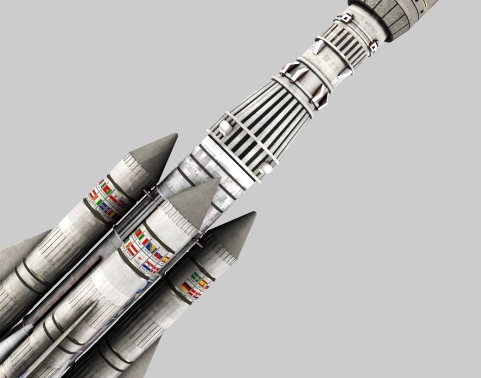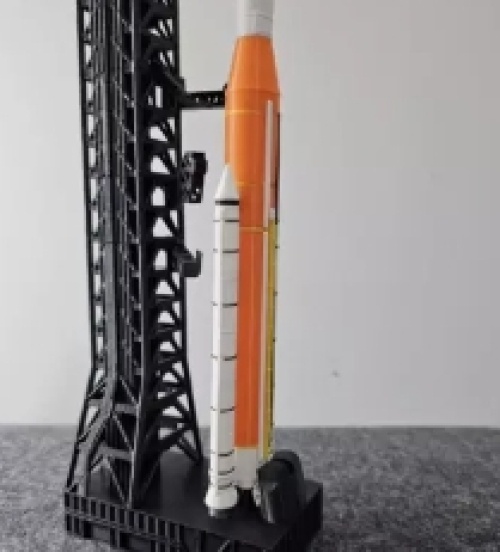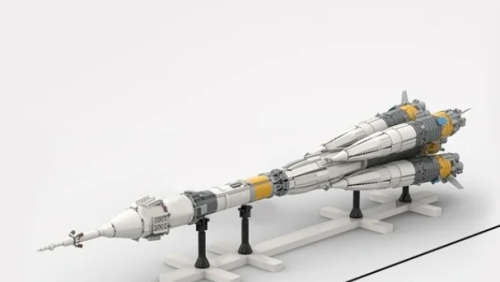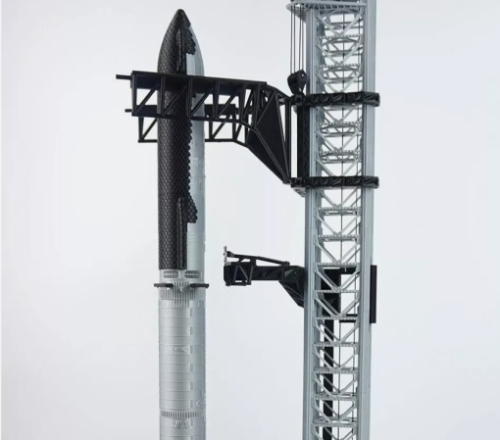Rocket models are a popular item for science education and model enthusiasts. These mini rockets can not only produce amazing launch effects, but also help people understand the basic principles and physics of rockets.
Making a model rocket usually requires some basic materials, such as plastic bottles, paper tubes and rocket launchers. By learning how to design and assemble models, participants can learn about concepts such as propulsion, aerodynamics, and gravity. When a rocket is launched, the reaction force generated by the ejection of gas causes it to lift off quickly. This process has led to a deeper understanding of Newton's third law of motion.
The launch of the model rocket is not only a scientific experiment, but also an exercise in teamwork. When organizing launch activities, participants need to work together, from design and production to the final launch, which stimulates their creativity and hands-on ability. At the same time, observing the flight trajectory and altitude of the rocket is also a practical test of scientific theory.
In short, rocket modeling is not only a fun activity, but also an effective way to foster scientific interest and the spirit of exploration. Whether it's a science class at school or a DIY activity at home, model rockets are a great choice for getting up close and personal with science.














